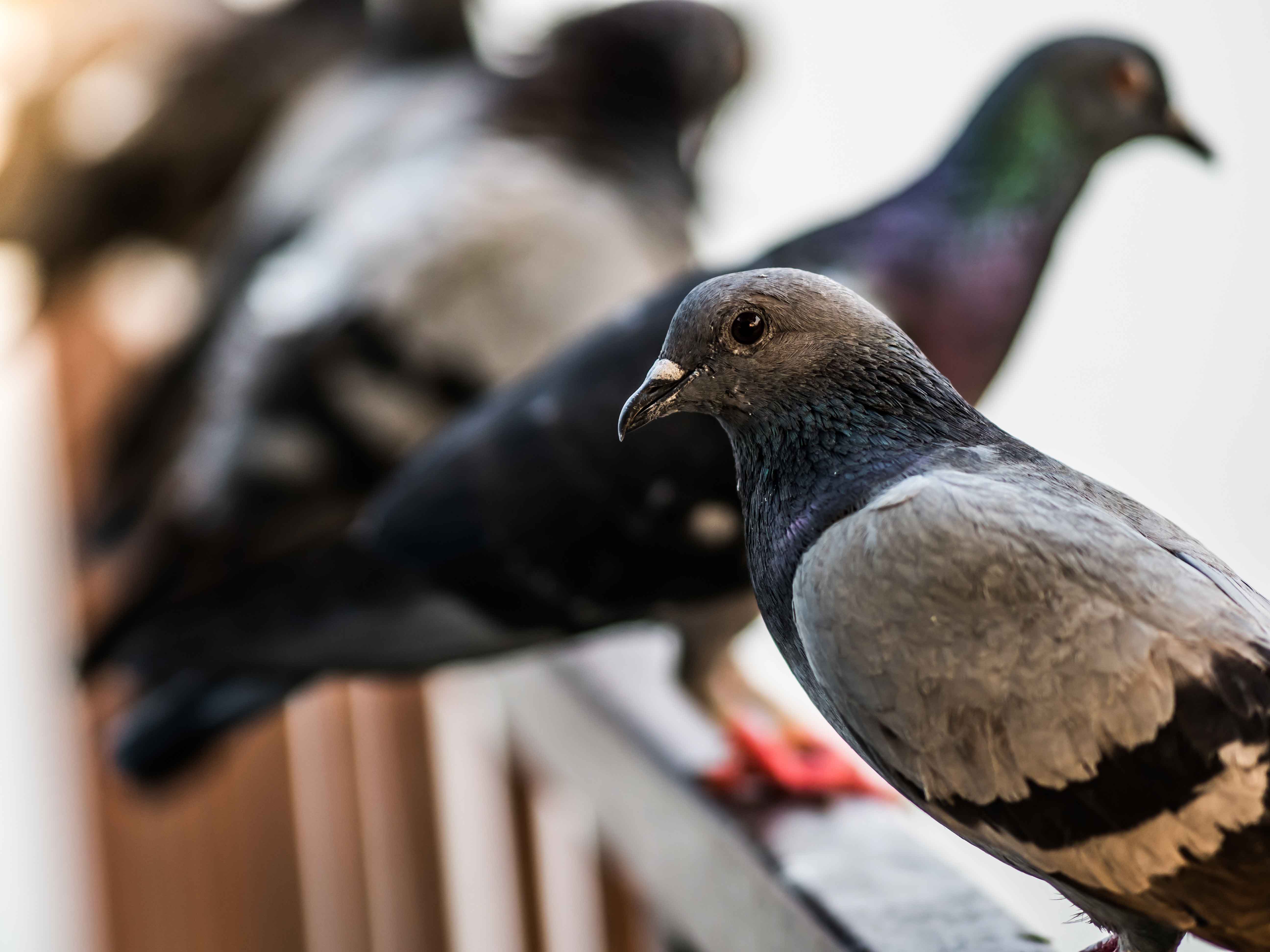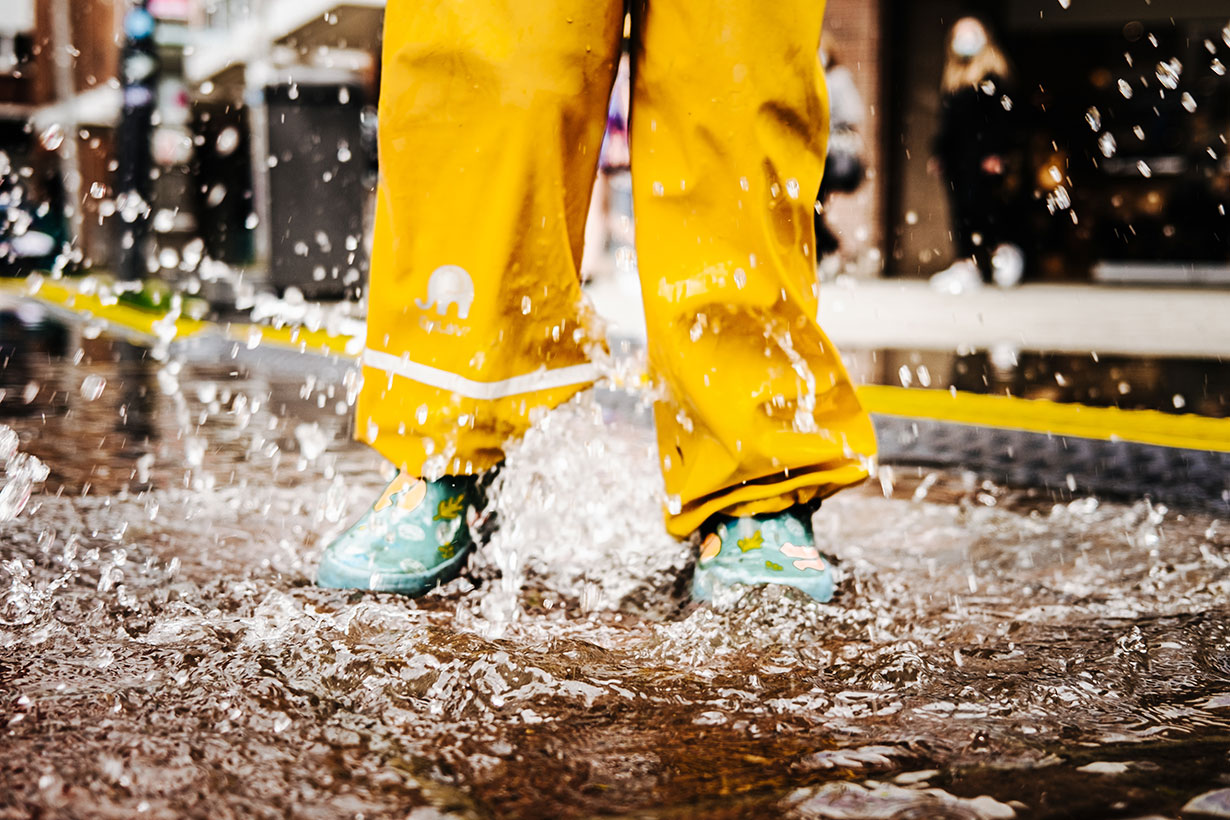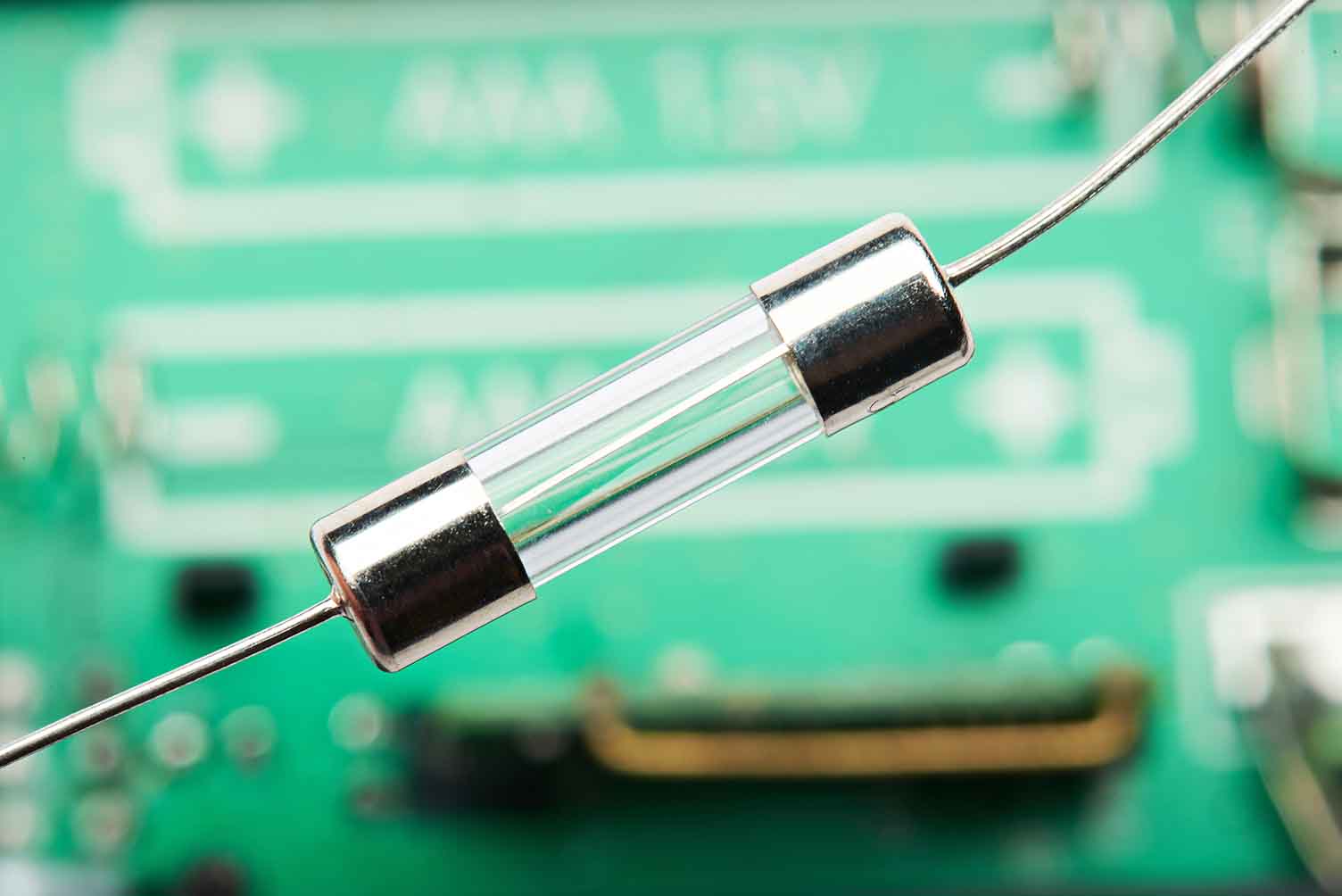

How to Keep Birds Out of Your Facility
By Grainger Editorial Staff 9/6/25
Keeping pest birds away takes more than quick fixes. Discover how an Integrated Pest Management approach with repellents, barriers and sanitation can help safeguard your facility, reduce health risks and minimize costly damage.
If you have pigeons or sparrows flocking in or around your facility, you understand the nuisance they bring.
Species known as pest birds can cause a variety of health and safety issues. Bird droppings contain more than 60 diseases and can spread micro-organisms that cause several other illnesses, including fungal lung infections and respiratory illnesses like histoplasmosis. The disease-causing bacteria in bird droppings can be spread through the air, which is especially dangerous if droppings land on or accumulate near HVAC units.
Further, their nests and droppings can cause a range of building damage, while the noise from bird flocks can be extremely annoying.
Many effective bird control products and deterrents are designed to help solve nearly any pest problem. However, not all bird species require the same approach. It’s important to consider the type of birds present and the methods that will be most effective for your facility. According to Facility Executive, when dealing with pest birds, an Integrated Pest Management (IPM) approach is essential focusing on inspection, sanitation, and exclusionary measures to prevent birds from nesting in your facility and help keep them in nature where they belong.
Regularly Inspect for Pest Birds
Before taking steps to relocate or remove a bird or its nest from your facility, it’s important to know which bird species you’re dealing with. The Migratory Bird Treaty Act federally protects many bird species. Since 1918, this act has made it unlawful to pursue, hunt, capture, kill or sell any protected birds. In addition to federal protection, certain species may be protected under state regulations. However, birds classified as non-native to the United States do not qualify for protection under this act. Many species of birds that typically flock to facilities – like pigeons, sparrows, starlings and gulls – are unprotected and are commonly treated using widely available solutions. Protected species would require a more specialized approach. That’s why it’s important to regularly inspect your facility and grounds for pest birds and work with a reputable company to provide the right solution.
Focus on Sanitation
Don’t provide food for birds through poor sanitation practices. Discourage feeding birds and ensure doors remain closed and all windows have screens. Removing and sanitizing any biologically hazardous fecal matter around your property is critical to help reduce health risks and prevent building and paint erosion. When dealing with bird droppings, facility managers should always implement a proper removal process with a knowledgeable pest control provider and ensure workers wear appropriate PPE like safety goggles and a respirator when cleaning a large amount of bird droppings.
Install Bird Barriers
Bird behavior can be difficult to predict, so taking proactive steps to help protect your facility is always recommended. When protecting your facility against birds, keep in mind tall structures with ledges that provide shelter, including rooftops, signage, guardrails, silos, shipping dock doors/bays, ceilings and other architectural details. Regularly inspect and report bird sightings, especially in more remote areas of your property, such as the roof, that may otherwise go unnoticed.
Depending on the type of birds, there are several techniques facility managers can use to help prevent birds from nesting in their facilities, including:
Repellents
Repellents can make a building and the surrounding property uncomfortable for socializing and feeding birds. Bird repellents are not fatal but will make the property less attractive to birds.
Common bird repellents include:
- Visual repellents and predator decoys that look like realistic owls, hawks, coyotes, falcons or alligators.
- Multi-sensory gels that deter birds through sight, smell and touch to make landing and nesting difficult.
- Liquid products that irritate birds and create an aversive response to an area.
- Electronic repellents and tracks that provide a slight shock upon landing.
Barriers
Installing barriers is often necessary when activity is high. These solutions help prevent birds from using the building by physically blocking areas with netting and other materials.
Common bird control barrier actions include:
- Installing bird spikes or bird wire systems to discourage birds from perching on building exteriors.
- Placing netting to help block the areas around and under HVAC units where birds shelter and make nests.
- Sealing all exterior wall openings wider than an inch with appropriate materials can help prevent birds from squeezing into the facility.
In addition to installing barriers, regularly trimming trees and removing certain landscape features like shrubs and tall grass can help prevent birds from nesting around your facility. Experts recommend keeping a minimum distance of one foot between each shrub, and tree branches should be at least six feet from a building.
Relocation
Relocation may be needed when bird repellents are no longer effective. To help prevent birds from roosting or nesting in your facility, a pest management provider can trap the animals with netting and safely transport them to a new location. However, the longer a bird problem persists, the more difficult it can be to remove birds from your facility. When dealing with pest birds, it’s important to be proactive and be aware of environmental factors that could be attracting birds to your property.
While it’s unrealistic to say that a bird will never fly by or land on your facility, if you can reduce the number of complaints, cleanup costs, or risk of regulatory problems, your bird control solutions will be worth it. The more you can help prevent birds from nesting in or around your facility, the more time and money you could save later.

Safety Management
6 Tips to Help Prevent Slips, Trips and Falls
Identify the fall hazards in your workplace and implement a fall safety program. Check out these tips from Grainger so you can mitigate risk.
![]() OUR LATEST KNOWHOW
OUR LATEST KNOWHOW

Equipment
Facility Pest Control: How IPM Helps Safely Manage Insects
Discover safe, compliant pest control with IPM. Find tips for insect monitoring, sanitation and safe insecticide use in commercial facilities.
The information contained in this article is intended for general information purposes only and is based on information available as of the initial date of publication. No representation is made that the information or references are complete or remain current. This article is not a substitute for review of current applicable government regulations, industry standards, or other standards specific to your business and/or activities and should not be construed as legal advice or opinion. Readers with specific questions should refer to the applicable standards or consult with an attorney.














